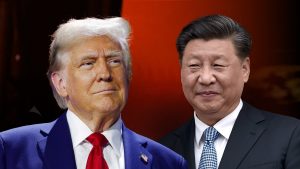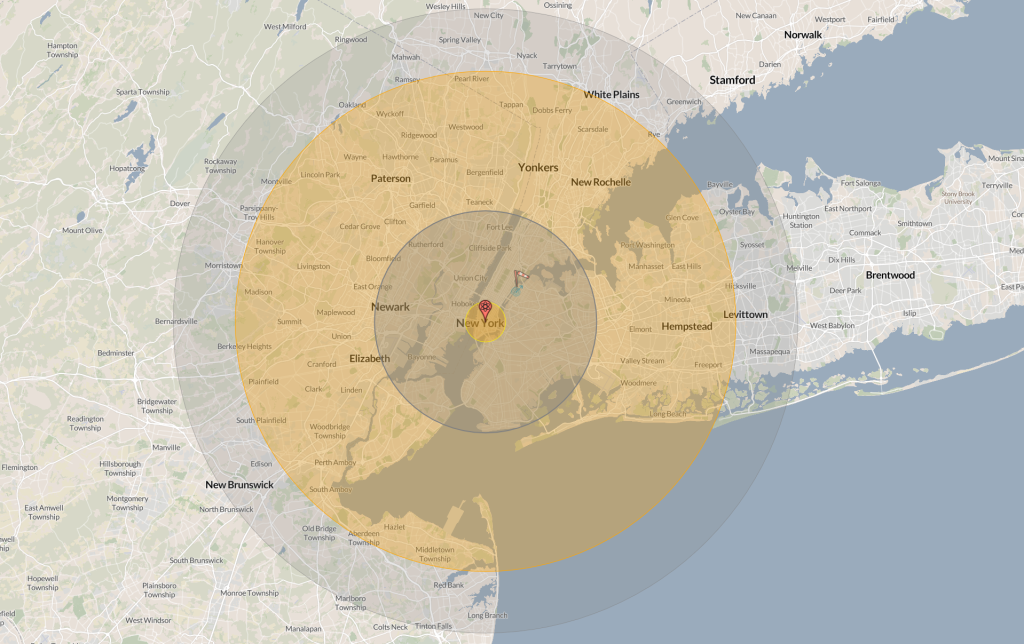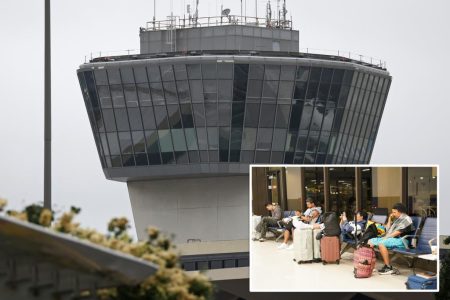The ongoing conflict between the United States, its NATO allies, and Russia over the war in Ukraine has reignited discussions about the specter of nuclear war. Launched in February 2022, Russian President Vladimir Putin’s “special military operation” was expected to deliver a rapid victory against the Ukrainian forces, perceived as significantly weaker. However, the resilience and effective military response from Ukraine, bolstered by Western support, have thwarted Russia’s ambitions and prevented major territorial gains. Heightened tensions have prompted Putin to sign an updated nuclear doctrine, asserting Russia’s commitment to mitigate nuclear threats and signaling a willingness to retaliate against aggression towards itself and its allies.
Recently, Ukraine has escalated its military capabilities with the use of U.S.-made ATACMS missiles, marking a significant development in the conflict. This move came after President Biden approved the missile’s usage and coincided with reports of North Korean troops being deployed to the front lines in the Kursk region by Moscow. The Biden administration has perceived this as a notable escalation, indicating the participants’ increasing willingness to intensify military engagement. Meanwhile, concerns have arisen regarding the possibility of nuclear assets being transferred to Ukraine, although the White House has firmly denied any such plans, contributing to the already heightened anxieties surrounding nuclear escalation.
Amid these developments, a comparative analysis of nuclear weapons capabilities from various nations has garnered attention. Using maps and simulations created by historian Alex Wellerstein, the potential impacts of nuclear strikes on major urban centers like New York City have been visualized. These simulations categorize the aftermath of a nuclear detonation into various radii, showcasing both the immediate destructive capabilities—such as vaporization from the fireball—and the broader consequences, including blast damage, thermal radiation injuries, and long-term radiation exposure leading to cancer. Such assessments underline the horrific implications of nuclear warfare on civilian populations, amplifying fears of the catastrophic outcomes should a nuclear exchange occur.
For example, the analysis of the U.S.’s Castle Bravo and Russia’s Tsar Bomba illustrates the devastating toll of nuclear detonations, even at significant distances from the blast epicenter. The Castle Bravo bomb, the largest U.S. test, could result in approximately 4.95 million deaths and over 5.43 million injuries if detonated over New York. Similarly, the Tsar Bomba, the largest nuclear weapon ever tested, could lead to over 7.63 million fatalities, with colossal damage radiating out from the point of detonation. Both scenarios highlight the indiscriminate and overwhelming devastation that nuclear weapons can inflict, emphasizing the urgency of addressing the potential for such catastrophic events amid current geopolitical tensions.
Furthermore, smaller nuclear capacities from nations like North Korea, China, and others, while resulting in fewer immediate casualties compared to the larger bombs, still pose significant threats. For instance, the North Korean weapon tested in 2017 would claim over 728,000 lives in a simulated attack on New York, while China’s Dong-Feng 5 could lead to more than 3.24 million deaths. The global distribution of nuclear arms underscores the multitude of potential threats facing urban centers worldwide, fostering questions surrounding deterrence and the global nuclear strategy’s efficacy.
As the war continues and tensions exacerbate, the prospect of nuclear escalation looms larger. The potential for misunderstandings, military miscalculations, or an escalation spiral could lead world powers towards a catastrophic conflict. Public anxieties over nuclear capabilities reflect not only the immediate threats posed by military actions but also the long-term consequences of living under the shadow of nuclear weapons. Ultimately, these discussions challenge the global community to consider the ramifications of nuclear warfare and the necessary efforts required to prevent such a disaster while navigating the complexities of modern geopolitics, where the balance of power is continuously in flux.










